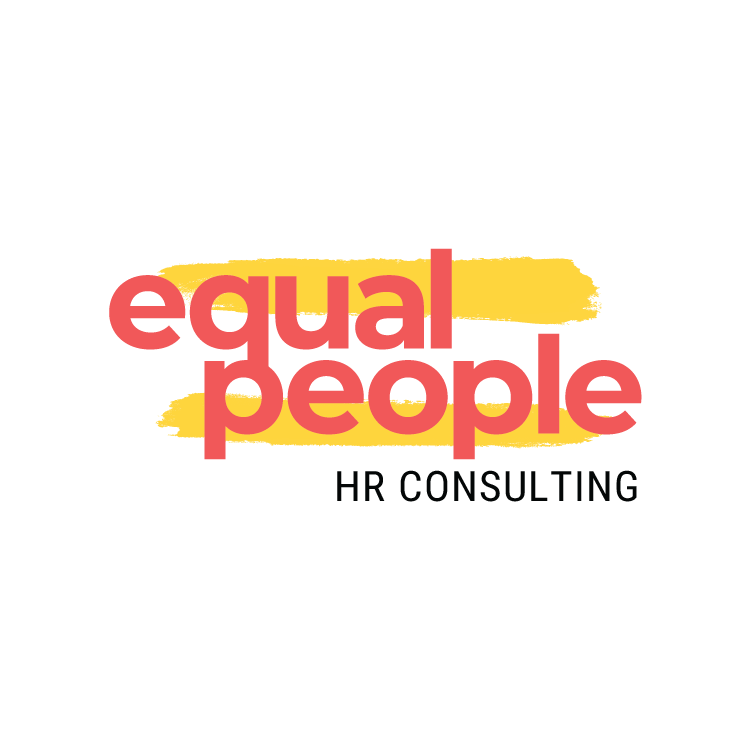Employee Experience: Going Beyond the Process
When Sarah started her new job, she was excited! The interview process had been smooth, the company seemed great, and she was eager to contribute to a new team. But as her first week unfolded, reality set in. Her manager was too busy to meet with her, her laptop wasn’t ready, and no one explained the company’s expectations. She felt lost, disconnected, and second-guessed her decision to join.
In contrast, Alex, who also started a new job the same week. From day one, his manager welcomed him warmly, expectations were shared at every step of the way, a mentor was assigned to guide him, and he had a clear roadmap for what success looks like for him in this role. He quickly felt like part of the team, understood his role, and was confident in his decision to join.
The difference? Employee experience.
What Is Employee Experience?
Employee experience is the interactions an employee has with a company, from the first job application to their last day. It includes communication touchpoints, consistency between words and actions, workplace culture, leadership approach, daily work experiences, and growth opportunities. A great employee experience helps build strong relationships with employees where they feel seen, valued, and motivated, leading to long-term and high performing team members.
If I had to choose, employee experience would be my number one passion when it comes to building great teams! Though out my career in HR, I have seen the most positive change and results by focusing on employee experience over almost anything else. Let’s dig into it…
Let’s get one thing straight – Employee Experience is NOT:
Employee experience isn’t just about free snacks, fun office perks, or even job satisfaction alone. It’s about how employees feel, how supported they are, and whether they are set up for success. Employee experience is about intentional interactions from everyone the employee connects with, so keep in mind:
It’s not just HR’s job – Every team member, leader and manager play a role in shaping employee experience.
It’s not just about “happiness” – A great employee experience focuses on intentional interactions, connection to purpose, support, and engagement in the process. Whether it’s a comfortable situation or an uncomfortable situation, employee experience matters.
It’s not just policies and procedures – While these contribute by helping create consistency and clear expectations, the real experience comes from how employees are treated daily and how these policies and procedures are lived out.
How to Consider Employee Experience Throughout the Employment Process
The best companies don’t leave employee experience to chance. They intentionally craft experiences at every stage of the employee journey.
1. Make Hiring an Experience, Not Just a ‘to do’
Think about the first impression you give candidates. Is your hiring process confusing, slow, or impersonal? Or do you engage them with transparency, warmth, and clarity about your company’s culture? Having clear processes allow you to focus your energy on the experience with your candidates. Here are some things to start trying:
Write clear job postings that reflect your culture and expectations – share what rituals, habits or a day in the life of this team looks like.
Make interviews a two-way conversation— this is just as much about them finding a good fit as it is about you finding a good fit.
Communicate often and pro-actively – anticipate what information they may want to know throughout the process, follow up quickly, and guide them through each step of the hiring experience.
Grab your job posting template and interview guide at HR+.
2. Create a Thoughtful Onboarding Experience
Remember Sarah and Alex? Their onboarding experiences shaped their first impressions of the company. Onboarding should be more than paperwork—it’s the foundation for long-term success. Give these a try:
Use an onboarding checklist to make sure you have everything ready on day one: equipment, orientation, and a structured plan.
Help them integrate into the team and their position by assigning a mentor or buddy to help new hires adjust.
Set them up for success by setting clear expectations and goals for their first 30-60-90 days.
Don’t have one yet? No worries! Check out HR+ to grab your onboarding checklist, onboarding plan, and buddy program.
3. Listen, Learn, and Adapt
The best employee experience strategies evolve based on employee feedback. Here are some ways to get better feedback from your team:
Ask for feedback during the onboarding process and in your regular 1:1 with your employees to understand what’s working and what’s not.
Conduct employee engagement or pulse surveys every year or two and act on employee feedback to make meaningful changes.
Take action. When an employee brings forward a concern or an opportunity, show employees that their voice matters by making changes so everyone grows.
At the end of the day, employee experience is about how people feel working at your company. Do they feel supported, heard, and valued?
So, the question to ask yourself is: Are you creating an experience where employees want to stay and grow, or one where they’re counting the days until they leave?
If you enjoyed this, you’ll love reading Creating Amazing Workplace Cultures!
